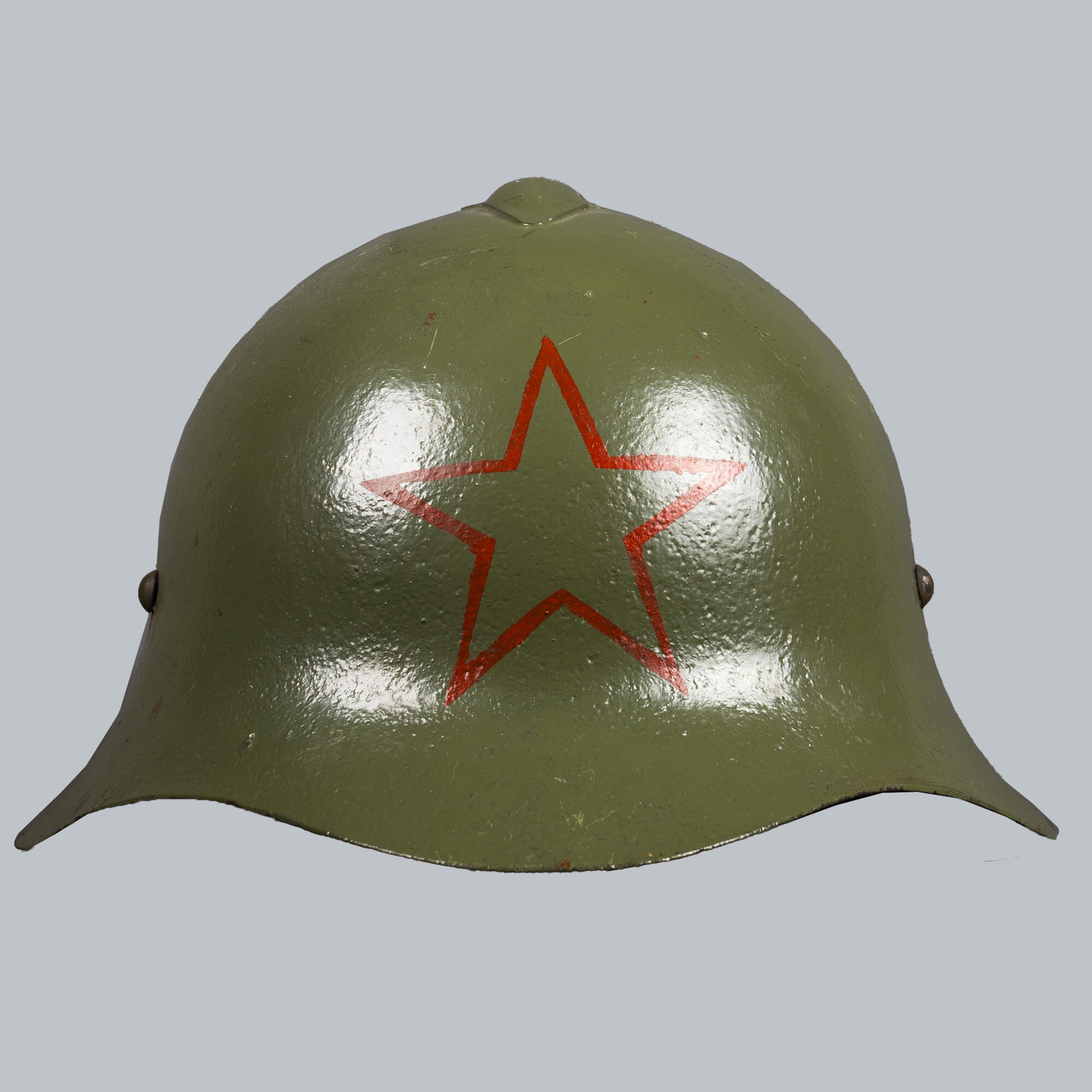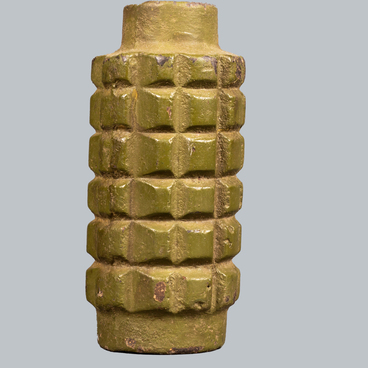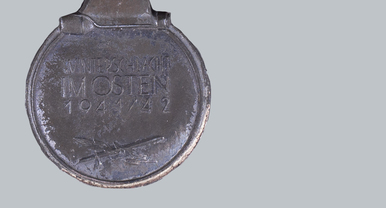The SSh-36 was a metal hemispherical helmet with wide flares over the ears and a visor. In the upper part of the dome there was a ventilation hole, which was covered with a special overlay.
The canvas lining in the lower part was trimmed with leather or leatherette. It was attached with three rivets to the helmet. Corrugated aluminum stripes were located between the helmet and the liner to provide ventilation and shock absorption. The chin strap was made of fabric or leather. The helmet was painted in a dark green or khaki color. An outline of the five-pointed star was depicted on the front side of the helmet.
According to one of the legends, Semyon Mikhailovich Budyonny, Marshal of the Soviet Union, three times Hero of the USSR, who commanded the Red Army Cavalry during the Russian Civil War, was involved in the development of this helmet. It is believed that it was he who proposed the wide flaps to protect the soldiers from saber blows.
The first sample of the new helmet was made in 1934, and in 1936 its mass production was launched. The new Soviet SSh-36 helmet replaced the outdated French Adrian M15 and M16 helmets, as well as the pre-revolutionary Solberg M17 helmets. Externally, the SSh-36 resembled a German helmet of the 1916 model.
The first enterprise that began mass production of steel helmets was the Lysva Metallurgical and Metalworking Plant named after the newspaper “For Industrialization” of the Main Directorate of the Metal Products Industry of the People’s Commissariat of Ferrous Metallurgy of the USSR. In accordance with the technical conditions, batches of helmets produced at the Ural plant had to be tested — they were shot at with bullets.
For the first time, Soviet soldiers wore the SSh-36 helmets in battle during the military conflict between the USSR and Japan in 1938 and 1939, as well as during the Winter War with Finland in 1939–1940. Hence, they were tested in battle conditions and flaws in the design were revealed: mainly, those were the wide flaps (they created a wind effect and hindered soldiers’ freedom of movement) and the large visor (it reduced the view).
By the beginning of the Great Patriotic War, the SSh-36 was gradually replaced by an updated model — the SSh-40. However, due to the lack of equipment in 1941, soldiers were provided with the outdated SSh-36 helmets. On the Far Eastern front, the SSh-36 was widely used until the end of the war.






